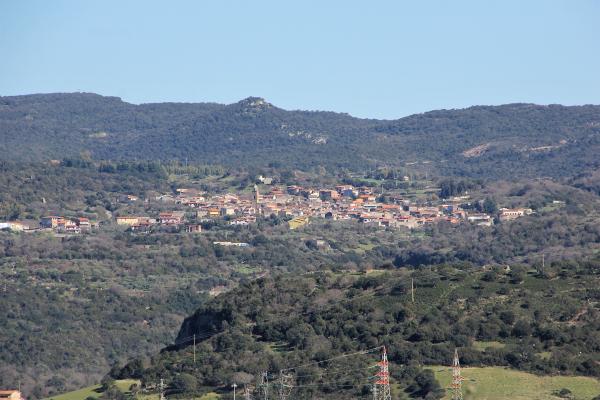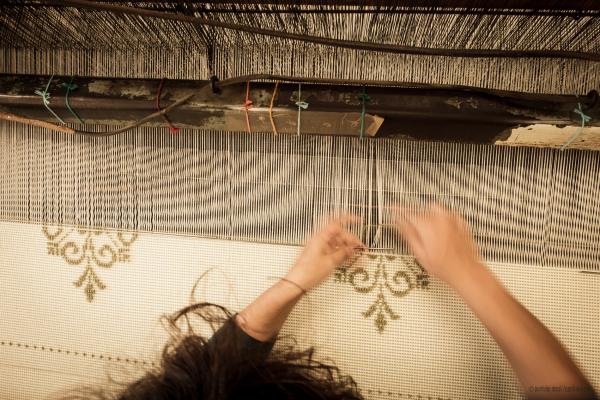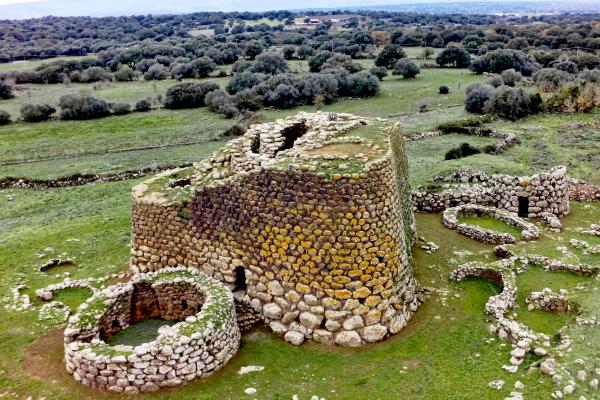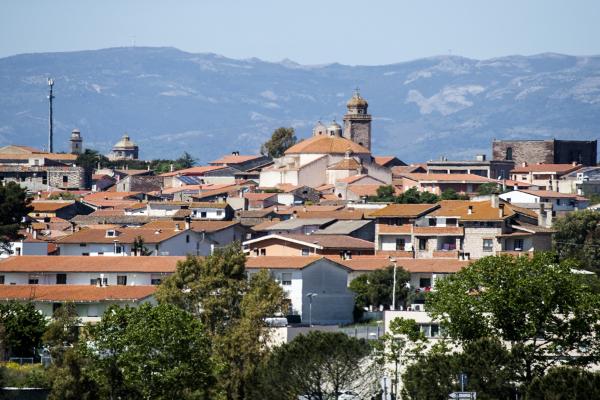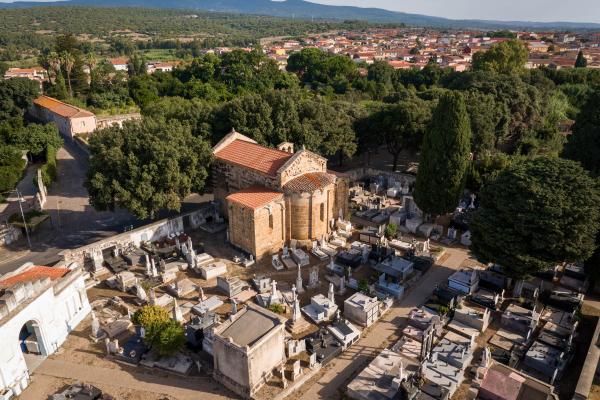Сельская церковь

Посетите это место, потому что…
Ti piace questo luogo? Залив Ористано e Синис potrebbero essere la tua meta ideale.
Это также могло бы вас заинтересовать
Какие ещё аттракции стоит открыть для себя поблизости
Средства размещения поблизости

FORDONGIANUS
1 km

FORDONGIANUS
1 km

SIAMANNA
8 km






